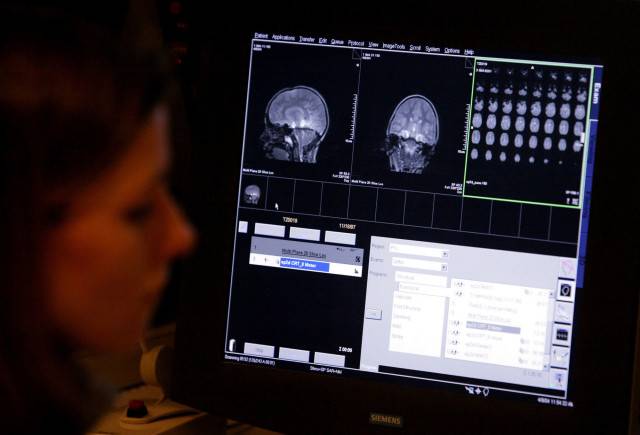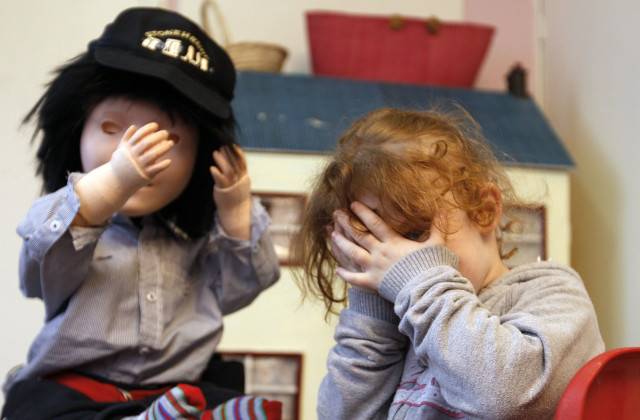random3434
Senior Member
- Jun 29, 2008
- 25,899
- 7,791
- 48
I took a workshop last summer on the various types of autism.
One of the ladies leading the workshop showed us this video, this man is AMAZING!
[ame]http://www.youtube.com/watch?v=uAyhz2m-UuQ&feature=channel_page[/ame]
One of the ladies leading the workshop showed us this video, this man is AMAZING!

[ame]http://www.youtube.com/watch?v=uAyhz2m-UuQ&feature=channel_page[/ame]





